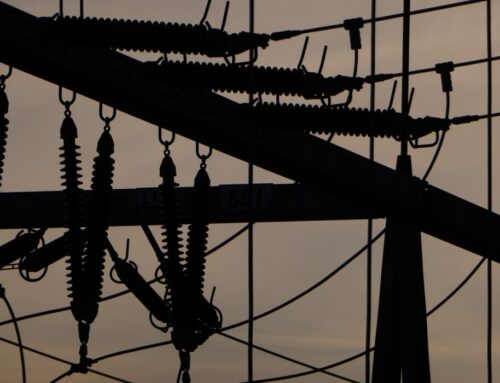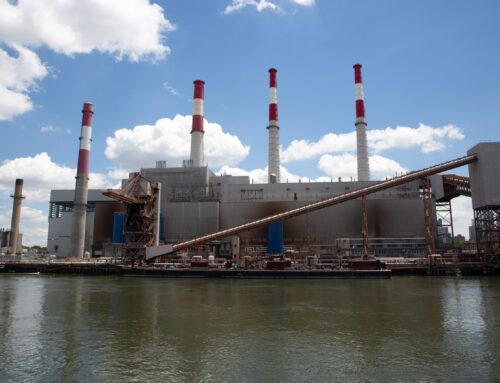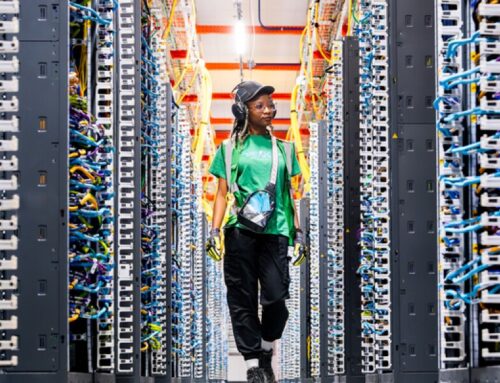Turning harmful algae into renewable energy in Lakeland
May 14, 2025

LAKELAND, Fla. – A new system in Lakeland is addressing a problem in Florida’s waters and creating a source of renewable energy.
Experts say algal blooms are a problem in water around the country, but especially in warmer water.
Big picture view:
An algae harvesting system is now in place at Lake Bonnet to turn algae that could become harmful into sustainable energy.
“We have so many lakes in Florida that are troubled by all the blooms that we have, and the increasing amount of sun and heat making them even worse,” Lakeland Mayor Bill Mutz said.
Experts say algae is essential to providing nutrients and oxygen, but too much algae can be harmful.
“The unfortunate fact is, today, with over eight billion people on our planet, climate change, anthropogenic sources, nutrient runoff, we are now at a tipping point where we’re seeing more nutrients in the water,” Dan Levy, the founder of algae practice with AECOM said. “While nutrients are good, we need them, too many of them turn out to be turning into a harmful algal bloom.”
Levy says they’ve been working on the algae harvesting system at Lake Bonnet for years.
The Hydronucleation Flotation Technology works with the Intelligent Process Automation System to harvest wild algae and use Hydrothermal Liquefaction to turn it into renewable energy.
What they’re saying:
“We’re looking at ways that we can remove nutrients from the water,” Levy said. “So, what we did is developed and patented an algae harvesting process.”
Mutz says the process was also tested in the lake eight years ago, before being implemented.
“What we do is we skim the water off, really from that upper zone where the algae really wants to be at, which is close to the surface, because they like to photosynthesize,” Levy said.
Levy says the equipment is constantly running in Lake Bonnet, but he says they also have an AI platform that can adjust the system as the algae shifts in a given body of water and monitor its changes.
“We can separate the algae from the water by using micro-bubbles and that gently brings the algae to the top where we can then scrape it off,” Levy said.
The systems then return the clean water back into the lake and transform that algae into different forms of renewable energy.
“We’re repurposing that algae as a sustainable agricultural amendment and more excitingly, as a feedstock for sustainable aviation fuel, sustainable diesel fuel to help electrify or help power the hard to electrify areas,” Levy said.
He says the process can be done rapidly.
“So, now we can take not only the algae out of the water, we can do this for biosolids, we can do this for sargassum, and we can do it for food waste,” Levy said.
If the algae is left to bloom in the water, experts say it can become toxic to wildlife, contribute to red tide and can even be deadly to dogs.
What’s next:
“This is a way to be able to mitigate, if it’s scalable, large enough, and there’s a place to do it, to get rid of the algae, and to a controllable, sustainable level within that lake so that it’s healthy for the wildlife in it,” Mutz said.
AECOM leaders are working on implementing similar systems in bodies of water across the country. They also hope that Florida will move forward on similar projects in larger bodies of water throughout the state.
The Source: FOX 13’s Kylie Jones conducted the interviews for this story in Lakeland.
STAY CONNECTED WITH FOX 13 TAMPA:
Search
RECENT PRESS RELEASES
Related Post



